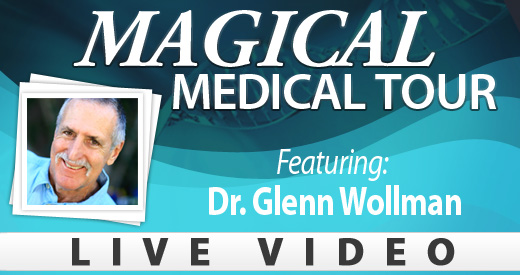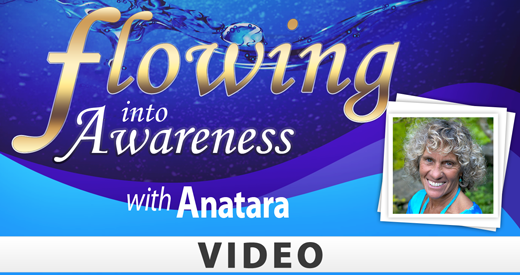| YogaHub |  |
Pain Care For Children
One of the most informative sessions, for me, at the 2012 Canadian Pain Conference was a session on acute pain care for children. A number of doctors offered research evidence and experiences about how children with acute injuries are provided pain medications. Like many people in the audience, I was shocked to hear that the average time a child in an emergency room waits before receiving pain medications is two hours. Additionally, there are questions about whether the pain medication actually provides adequate pain relief for the children. This is extremely important because:
- Receiving adequate pain relief is a human right (according to the Declaration of Montreal).
- Uncontrolled pain experiences may be predictive of future chronic pain conditions.
The presenters focused on medication management of the pain, all but ignoring any other strategies beyond a mention that there are other ways to relieve pain. This got me thinking about how focused we, as health care professionals, are on doing the work of alleviating pain for the patient.
Pain is an inevitable part of life. We all experience it, yet the manner in which we respond to pain is completely individual – apparently influenced by genetics and our life experiences. As a physical therapist, I always ask my patients about the ways they cope with stress and pain, and whether this has changed as a result of their current pain. Most people describe having a few ways to cope with pain. Some of the strategies are passive – the individual uses a drug, a hot pack, a massage to decrease the pain. Some of the strategies are active – the individual uses breathing, distraction, relaxation, meditation, or movement to calm the pain. Unfortunately, many people have never been taught active pain management strategies. They have not learned or experienced that, not only is their body able to produce pain management chemicals, but that with practice they can harness these powerful systems.
This leads to some questions:
- If we provide adequate pain relief in children through passively providing medications, does this disable them from learning pain self-management techniques?
- When we, as experts in pain management, remove motivation to perform self-management techniques, are there adverse effects of this? Our behaviours and language suggest that the patient has no role in pain management.
- Is the acute pain setting the right place to provide our children with knowledge and experience that pain management is as much about the patient’s active involvement as it is about what we do for our patients?
My bias relates to a statement I recall first hearing from an old Red Skelton interview. He was responding to a question about how he, living with the physical effects and pain of polio, had managed to become one of the best physical comedians of his era. He stated that he had learned this – “We should not disable our children by making life too easy for them”.
Pain is a horrible thing, and these ideas are not meant in any way to suggest that we should not provide adequate pain relief. The questions I am raising relate more to the idea that maybe we should be considering when and how to include self-management, in the best interests of the patient.
[tags] Neil Pearson, pain care, children, medication, pain relief, self management techniques [/tags]






